Background
Porsche is a brand built on a sporting reputation. Street cars become more attractive when sold with the dream of taking them on track. But, for a small subset of Porsche sports cars, motorsports pedigree is not a mere dream or aspiration, but a genuine component of the car’s history. Buying a Porsche raced in-period is not like buying a regular, roadgoing example. It is an exclusive club, with an unmatched degree of respect and prestige attached. This certified 1960 Porsche 356 Carrera GT Coupe is part of that very exclusive group. Sources agree that fewer than 50 of these motorsports-grade models were made by the factory in Stuttgart.
Highlights
- Fewer than fifty made by the factory for motorsport use
- Documented period racing history at several German hill climbs
- Owned by famed collectors Dr. William Jackson and Friedrich “Fritz” Kozka
- Four-cam engine restored to Concours spec by marque expert Bill Doyle
- Chassis no. 110846
- Engine no. 96047
- Transmission no. 36841 741
It’s all in the details
Note the differences between this and a standard 356B: 12 additional louvers for engine cooling can be observed on the rear lid, split into two rows of six. The strong appearance of this model has been copied today by numerous ‘outlaw’ builders. Under the skin, its engine lid was fashioned from aluminum, a lightweight material that was also used for the door skins and the front hatch. Outside the car, the twin bumper horns were removed. Inside, the Speedster-style bucket seats were backed with aluminum, the door pulls replaced with a leather strap, and the heater system removed. Additional optional equipment ranged from a built-in roll bar to add torsional rigidity to larger fuel tanks for endurance racing.
4-cam Magic
But the centerpiece of the Carrera GT was not optional: an air-cooled engine with an alloy block, dry sump, and four camshafts designed by Ernst Fuhrmann. Today, the Porsche ‘four-cam’ engine is regarded as a mechanical marvel that solidified the Stuttgart brand’s engineering reputation. In this guise, the 692/3 ‘Carrera’ engine produced 141 SAE horsepower at 1,587 cc, perfect to compete in the ‘under 1600’ class. More importantly, the 692/3 engine was only made in a limited quantity—sources say, only 113 in total. Today, these Carrera engines command six-figure sums even when sold by themselves.
The four-cam engine also quickly developed a reputation for being complex, like a mechanical watch with many complications. After all, the four famous camshafts were all vertical, making balancing critical. Though the 692/3 engine featured a plain bearing crank, doing away with the repair-prone roller bearings, it essentially had zero clearance at room temperature. Driving hard in cold temperatures and full throttle accelerations under 1,500 rpm could both potentially lead to jams or fouled plugs. But for those who understood its idiosyncrasies, the Fuhrmann engine was a secret weapon, earning the Carrera GT its ‘giant-killer’ nickname.
History
Original owner Werner Brockhaus certainly appreciated the abilities of his lightweight Porsche. Soon after taking delivery in 1960, he campaigned his Carrera GT at his home race in Friedburg on August 7. Out of eleven starters, amateur racer Brockhaus achieved fourth place. For the next race, a so-called ‘mountain test’ in the Pirmasens range, the competition was more fierce: 30 starters were registered. As noted on the COA, Brockhaus installed a fresh engine (KDP 95089) from the Porsche factory three days before this challenge. The extra preparation paid off, as Brockhaus again finished fourth out of 30 starters, a result that then improved to second out of 18 two weeks later at Sudelfeld Bergrennen.
The greatest victory for this Carrera GT came the following year, in June of 1961, at the Kelheim Street Circuit at Ratisbona-Bergrennen. Essentially a two-day event, the race was featured on the Formula Junior calendar; time was measured over two laps. Among the competitors were true race cars with chassis from Cooper and Lotus. Though this Carrera GT was part of the ‘under 1600 cc’ class, with Brockhaus at the wheel, it finished an astounding second place overall behind the Cooper T52 race car piloted by Kurt Ahrens Jr., a supremely talented driver who later joined the Porsche factory team.
A photo of Brockhaus in the local Friedberg newspaper proudly accepting his class-win trophy accompanies the sale. Further photos of this Carrera GT shuttling sans-bumpers races such as Schauinsland, Sudelfeld, and Rennen III with Brockhaus at the wheel are also included in this car’s extensive history file.
Perhaps repeating the same strategy that led to his great triumph, Brockhaus again returned to the Porsche factory in March of 1963 and paid for a fresh Fuhrmann engine (KDP 96047) to be installed in his trusted Carrera GT. While today, these priceless engines would doubtlessly be restored, in-period, it was common practice to replace them completely. Brockhaus is recorded as racing in German hillclimbs twice more in 1963 before moving on to another formidable four-cam Porsche—the mid-engine 904—the following year.
By the early 1970s, collectors had already started coveting these Carrera-engine sports-racing cars. This GT was transported to America, and sold to New York-based collector Gary Gregorka. It transferred ownership in March 1972 to Stephen L. Long of Wyoming. Then in February 1975, this Carrera was acquired by its most noteworthy custodian, an ocular surgeon named Dr. William E. Jackson of Denver, Colorado.
Even in the early phase of acquisition, Dr. Jackson had an eye for motorsport models. A one-of-four turbocharged Carrera RSR racer and a 1968 911 R were part of his collection, which totaled nearly 70 rare examples at its peak. After his death in 2009, Jerry Seinfeld purchased at least one Porsche from Dr. Jackson’s collection. The majority of the collection went to form the backbone of the award-winning Ingram collection in North Carolina.
Successful at amateur racing as well as concours d’elegance, Dr. Jackson could command the best work out of restorers. In early 1994, with the aim of a Concours competition, Dr. Jackson paid for this Carrera GT to be restored by one of the top four-cam experts in the country, Bill Doyle, then based in Denver. Doyle not only disassembled this engine down to the long block, he restored both the engine and the dual Weber 40DCM carburetors with hard-to-source OEM parts.
In a letter to Dr. Jackson, Doyle writes, “All of the pieces replaced with the exception of the air cleaners came from my own private collection that I save for myself or for engines such as yours that have to be as close to the way the engine left the factory as possible. The actual time I spent on your engine far exceeds the amount billed.” Though Doyle passed away in 2017, he left behind a legacy of perfection in every engine he rebuilt.
Finding a Porsche that has been in the stewardship of luminaries like Dr. Jackson and Bill Doyle is rare. It is believed that during Dr. Jackson’s quest for concours victory, the Carrera GT was repainted in its present color scheme of black-over-black, front and rear bumpers were added, the speedometer was changed to miles per hour, and a period-correct roll bar – a factory option for the model – was installed. These features are still retained today.
After Dr. Jackson’s ownership ended, this Carrera GT once again returned to Europe, to German collector Peter Kaufmann, who commissioned some research on the motorsport history of this chassis by Porsche 356 Club Deutschland historian Ulrich E. Trispel. Kaufmann traded this example to Friedrich ‘Fritz’ Kozka in 2004, another well-regarded collector and racer, who also owned a coveted Porsche 901. Kozka then sold this chassis to its present owner, who has kept this historic Porsche on display in a museum for the past decade. Its next caretaker will make the enviable decision of whether to restore it back to its original Silver Metallic #6006 color scheme, or to simply drive and enjoy it as is.
When the Carrera GT is referred to as a ‘giant killer,’ that nickname was earned by cars like this one – a direct predecessor of the present Porsche formula of removing weight while adding technology. Not only is this an important piece of Porsche motorsport history, it is also the worthy origin of the name for the Carrera GT supercar. Though sources differ on the number built – some say 49, or 40, or even as few as 34 – Porsche themselves quote total production of the 1960 Porsche 356B Carrera GT totaling only “some dozen” examples.
In sum, this is a Carrera GT raced in-period, owned by a string of top-tier Porsche collectors, with its engine restored by a veritable legend. Estimates for other Carrera GT examples have run into the seven figures. Priced competitively, this example offers an entry into an ultra-exclusive echelon of Porsche collecting. This is your opportunity to purchase a Porsche that would be the envy of any Luftgekhült gathering. No mere ‘outlaw,’ but the genuine article.
More Information
Go HERE
Related Material
Above content © 2024 SBX Cars reviewed and edited by Rex McAfee


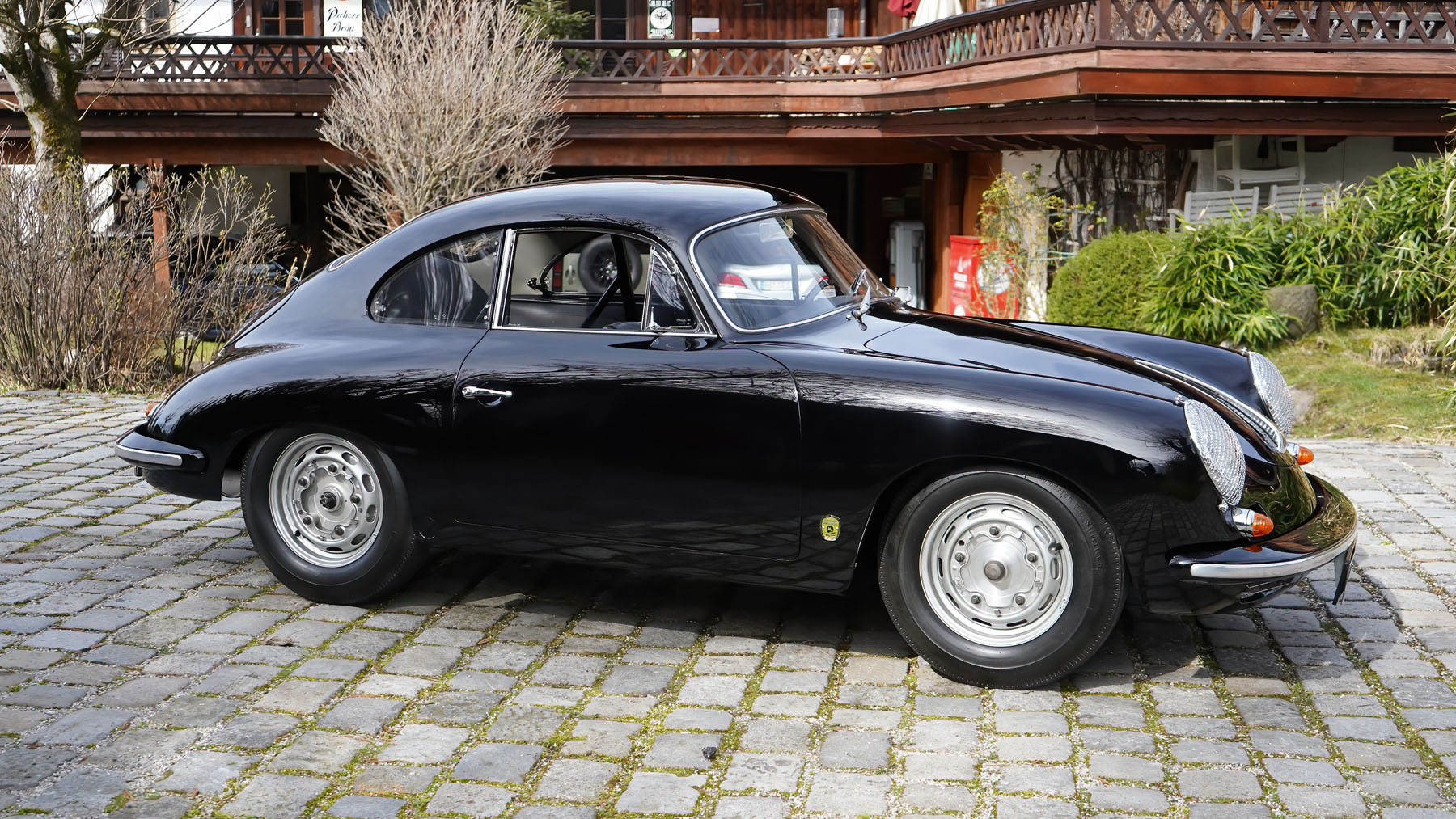
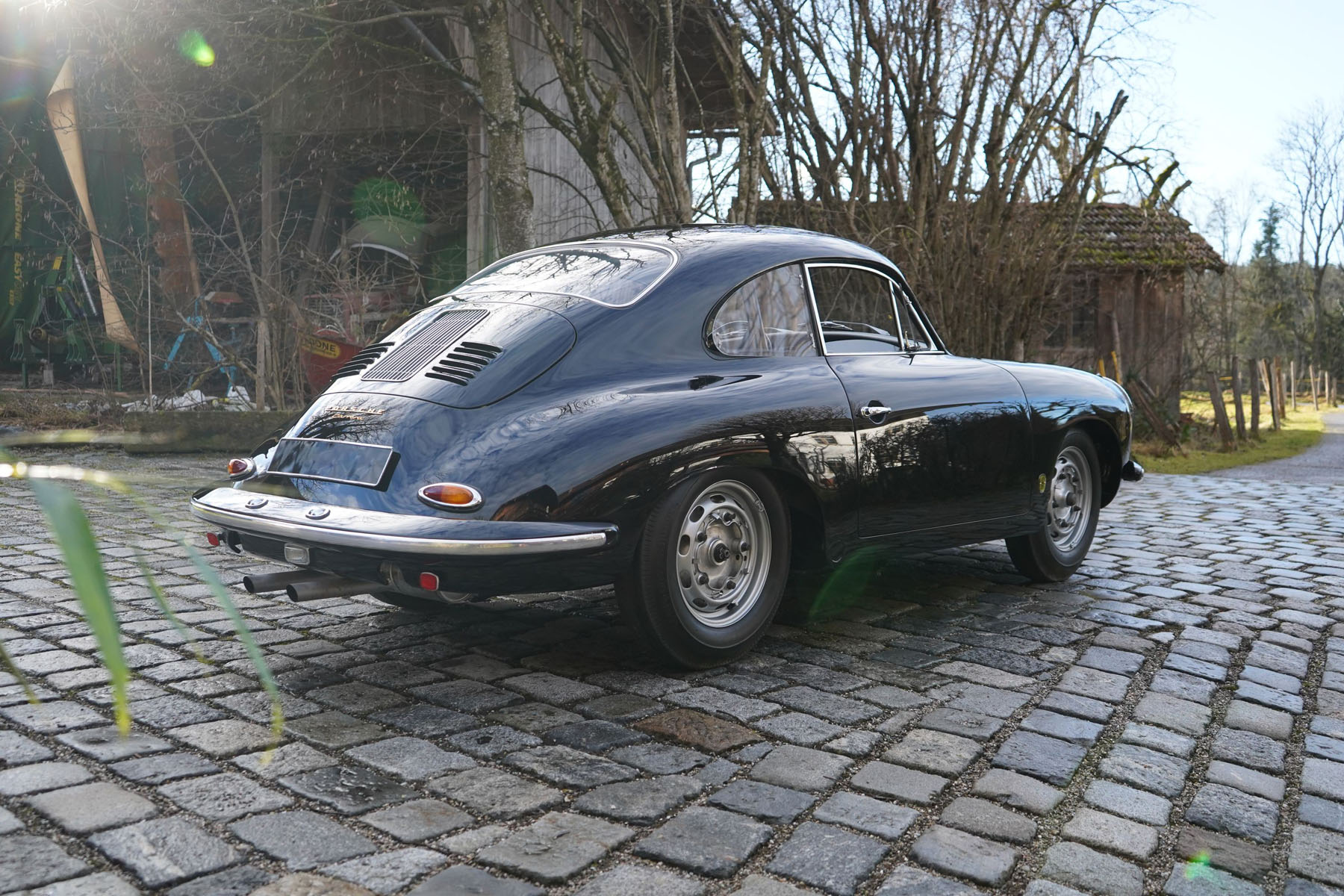
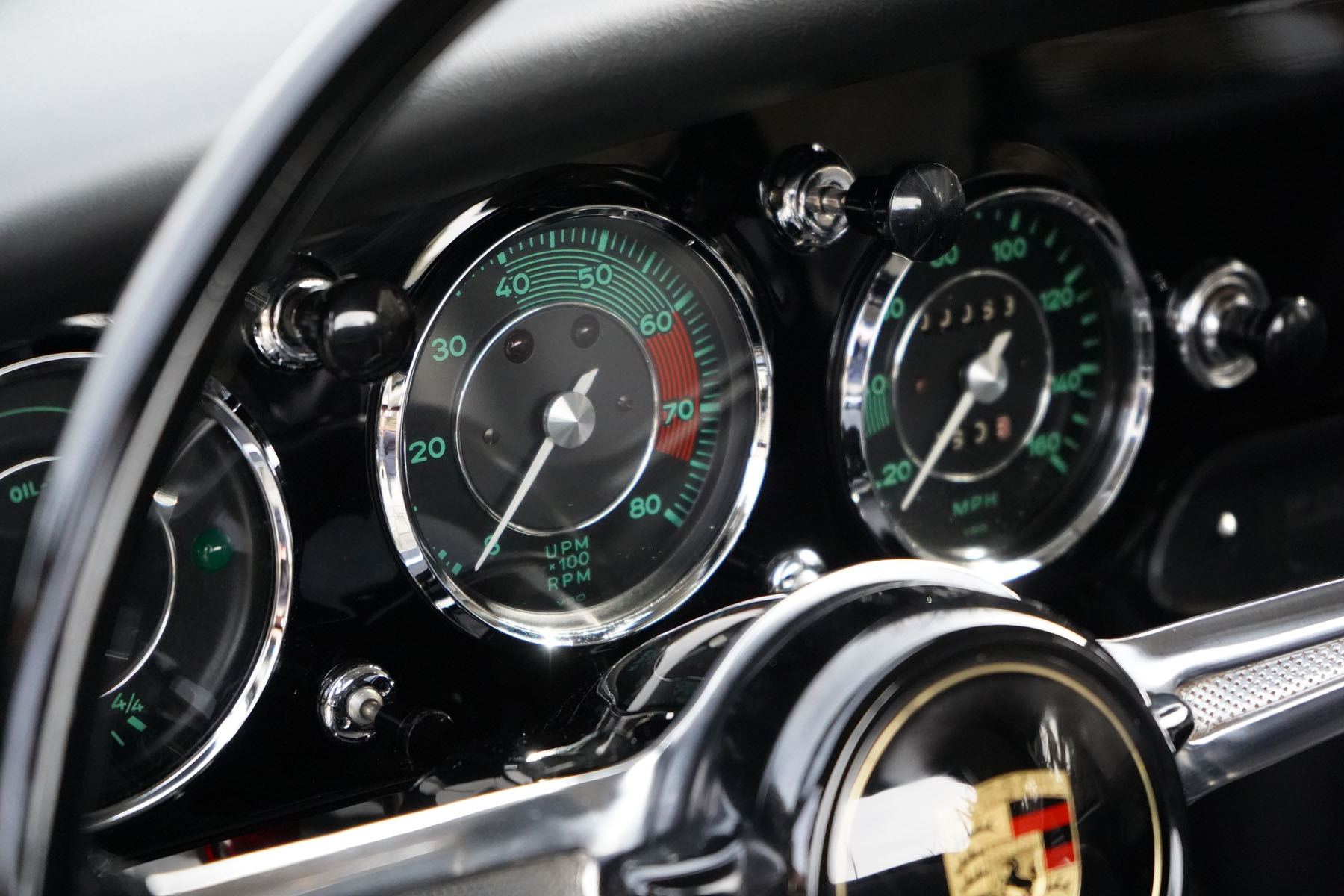
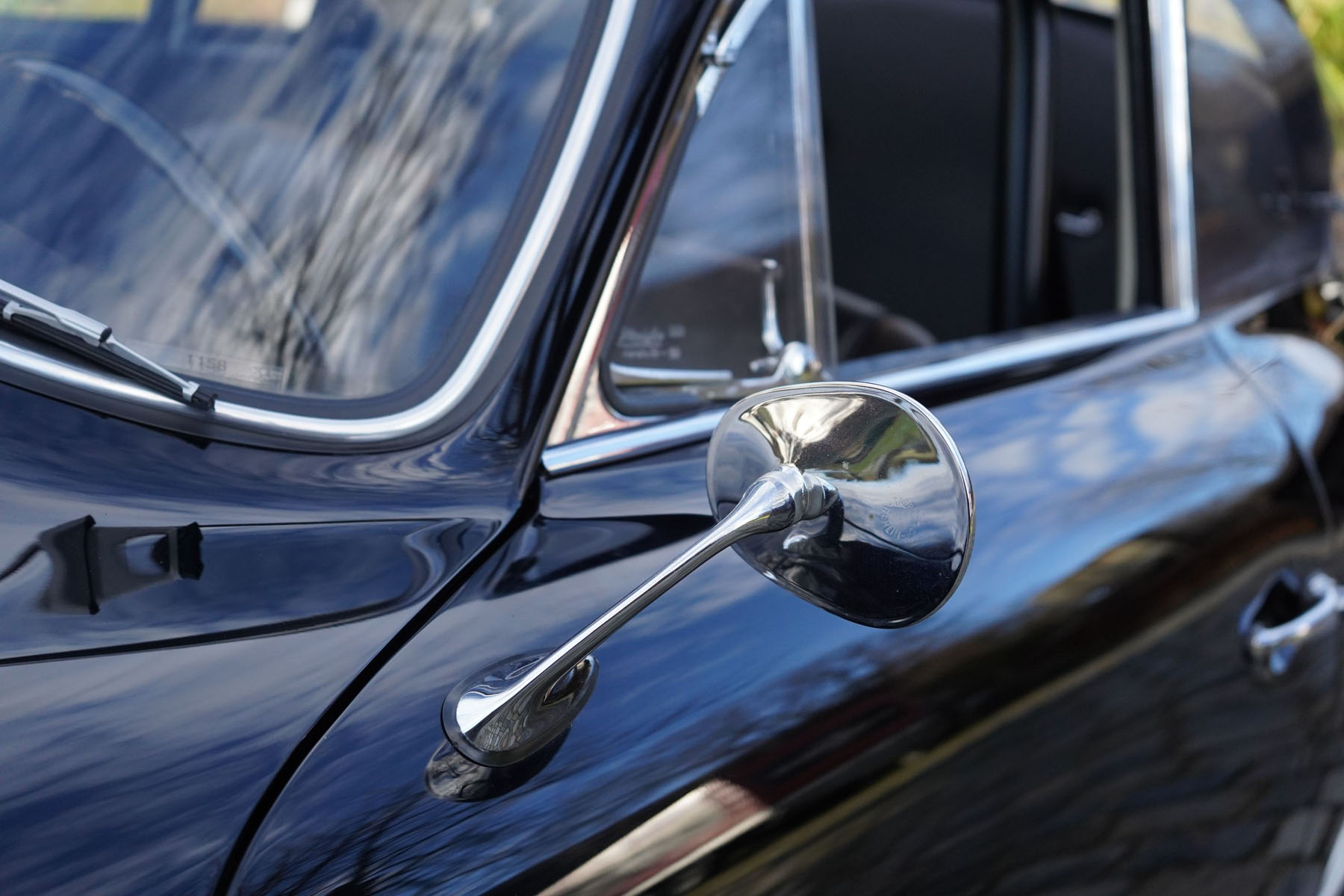
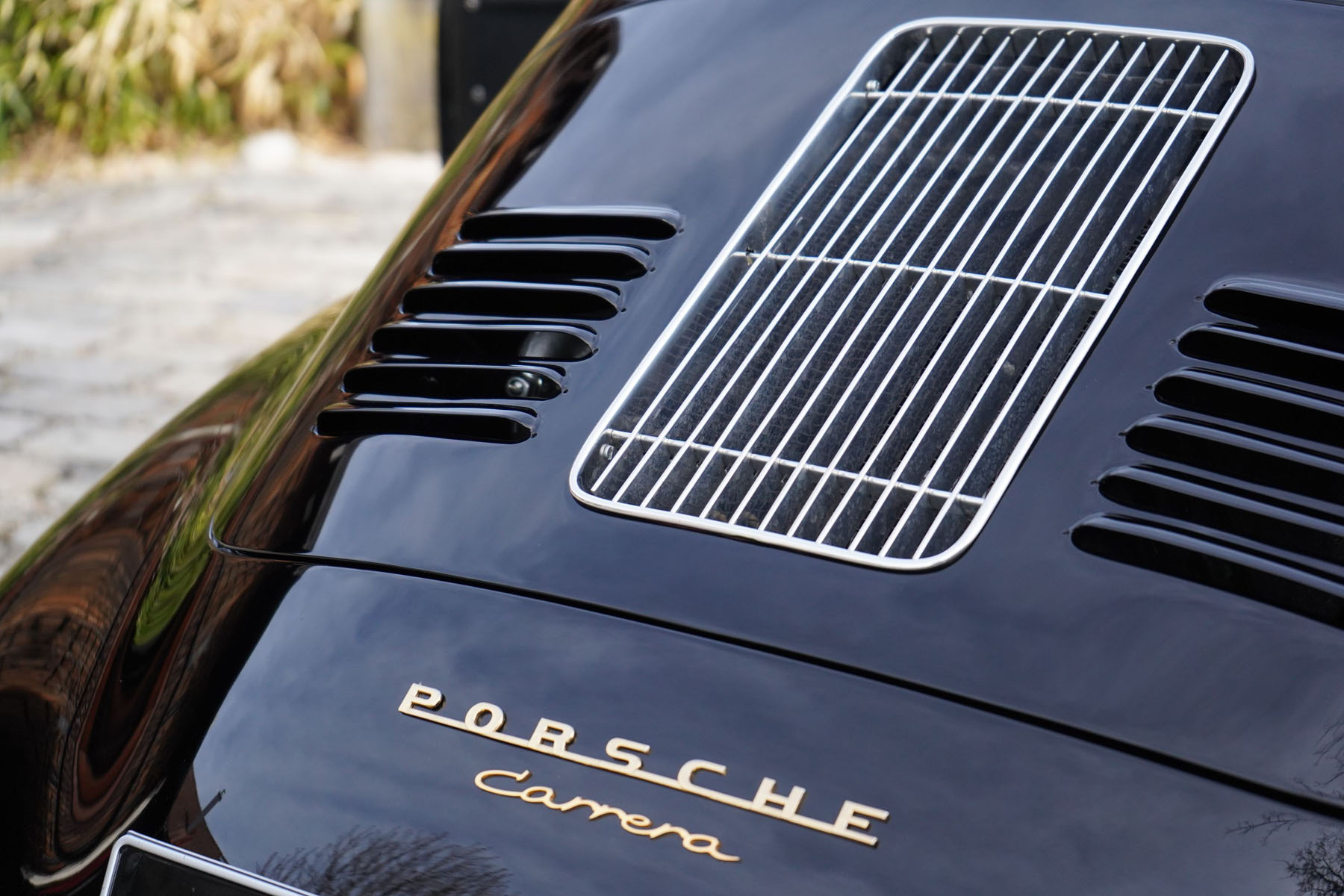
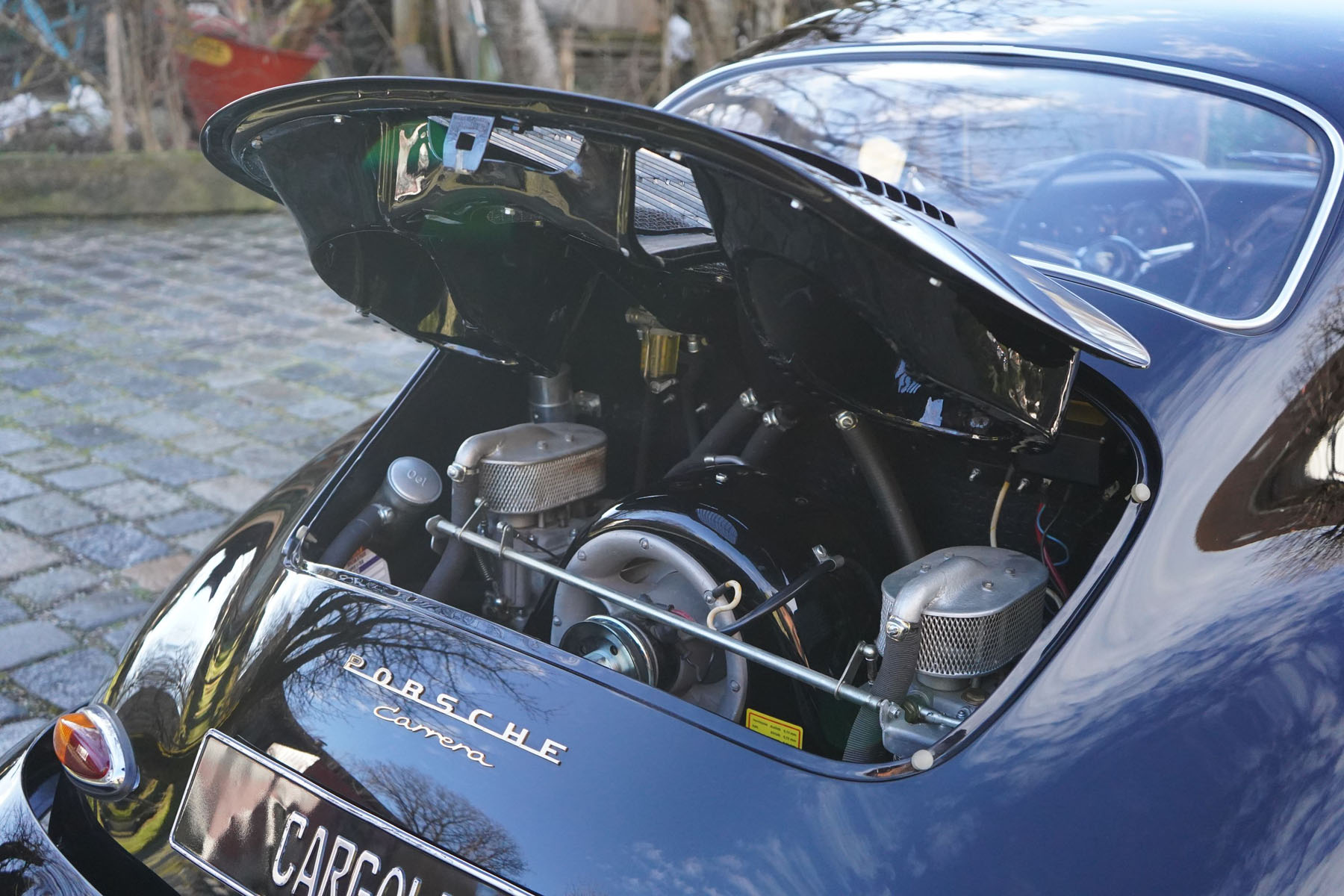
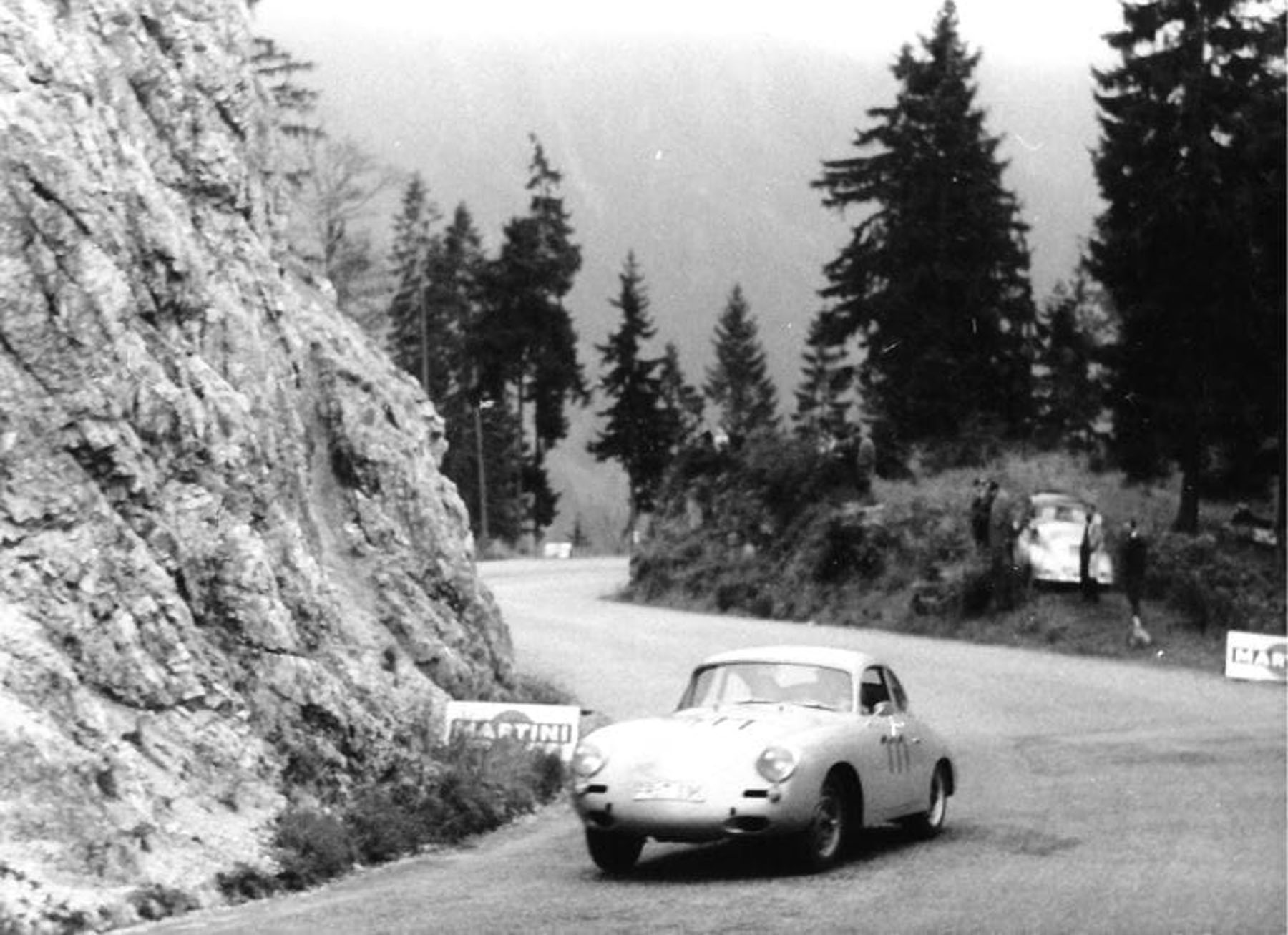
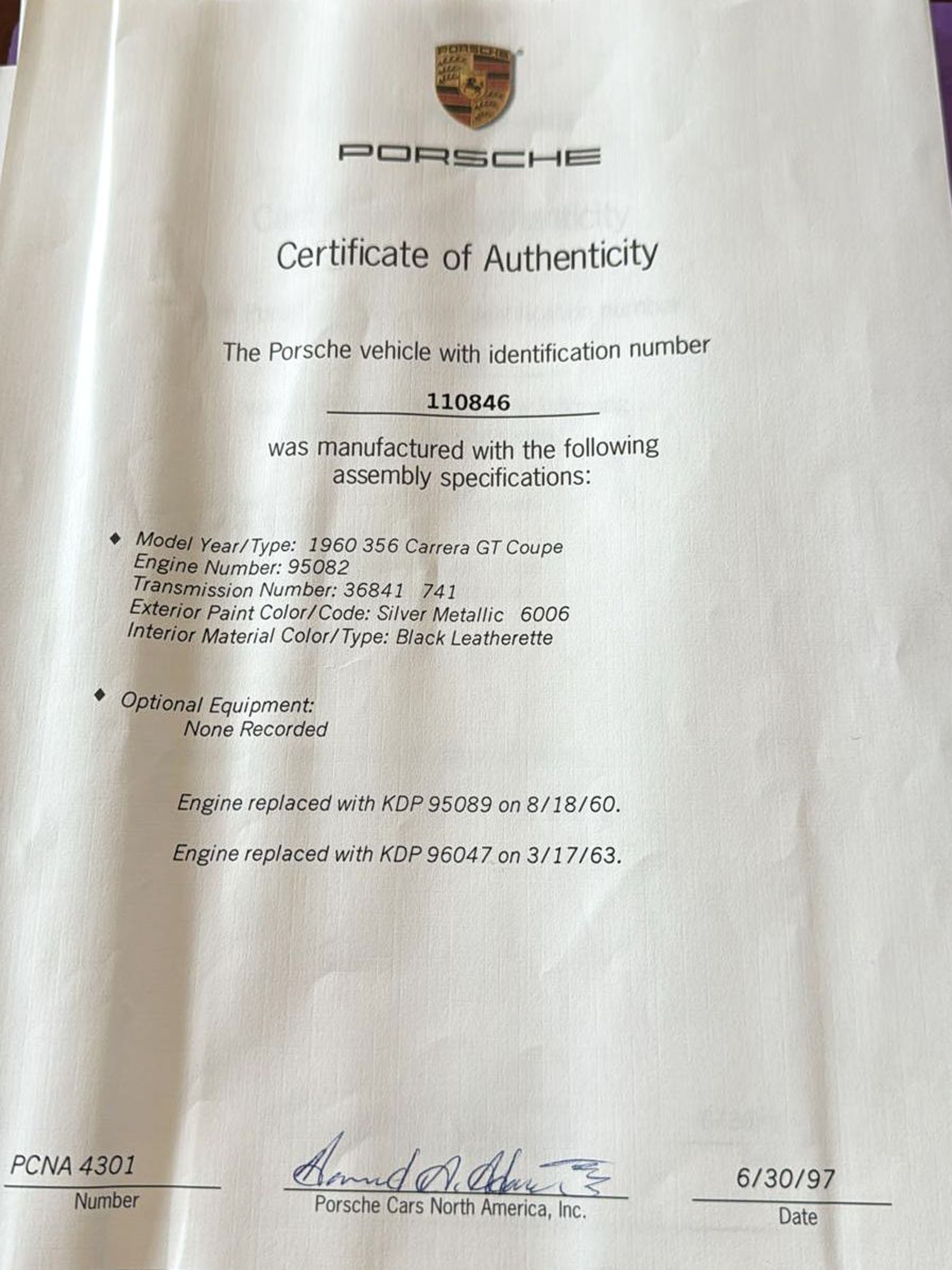
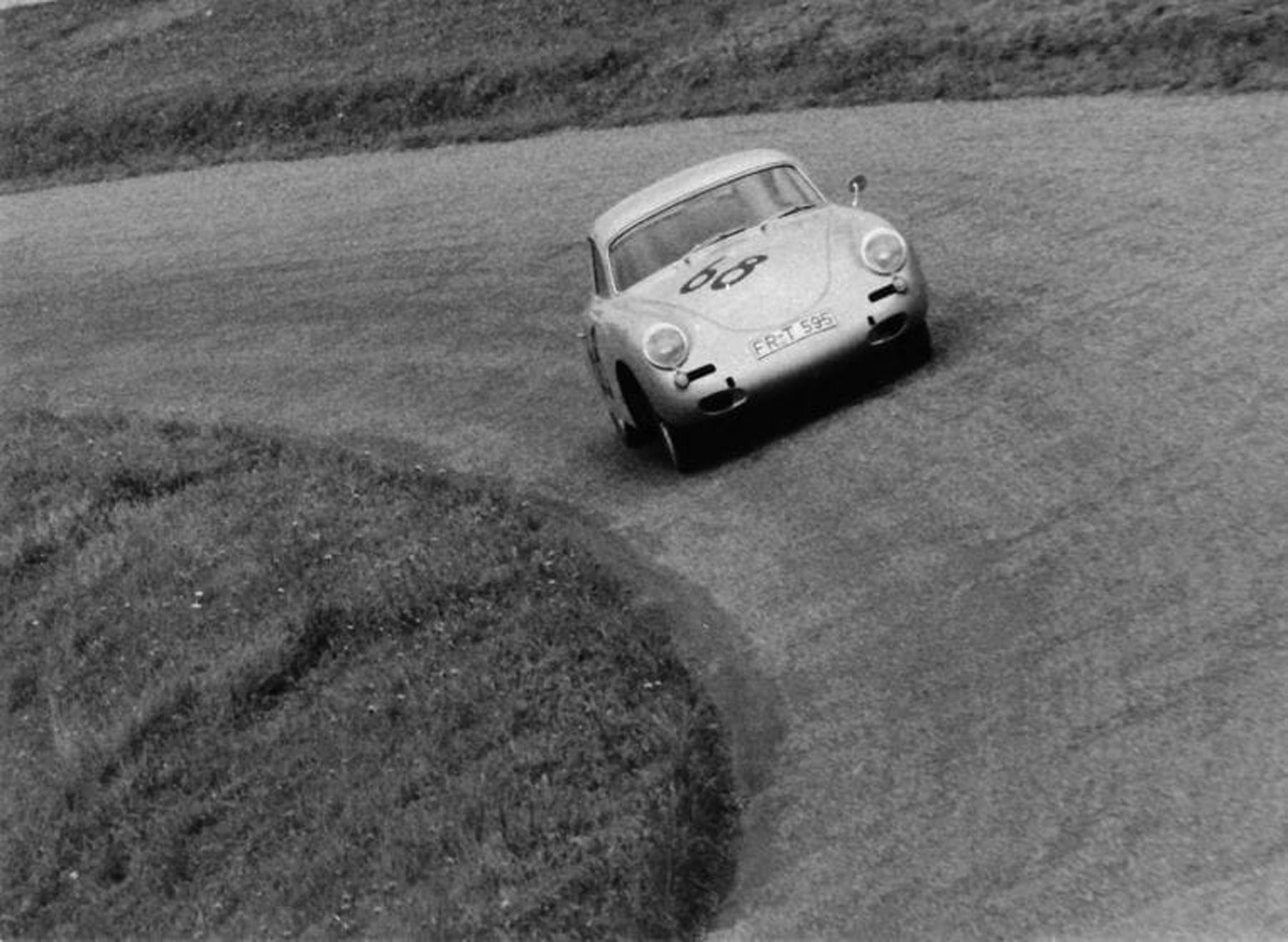
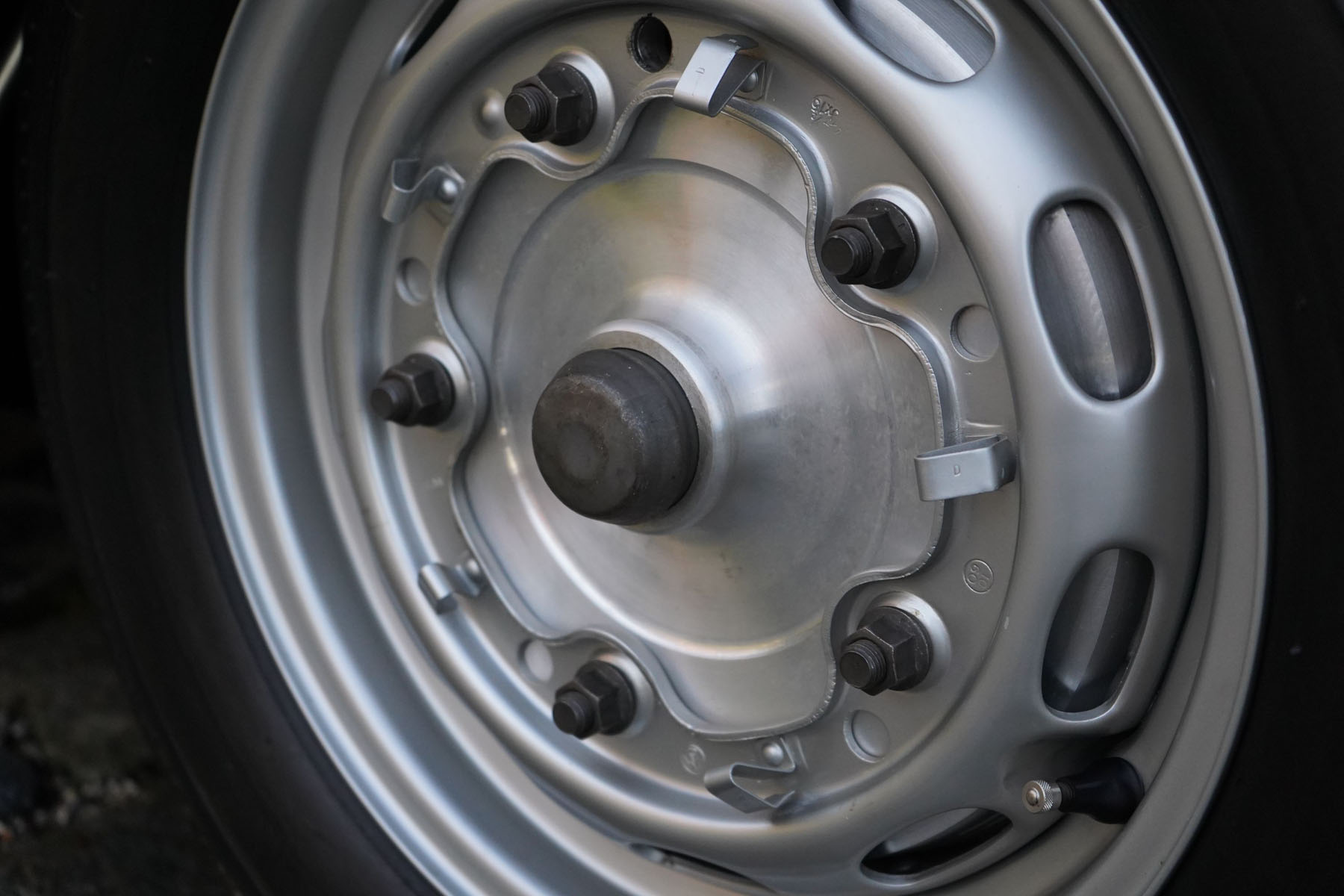
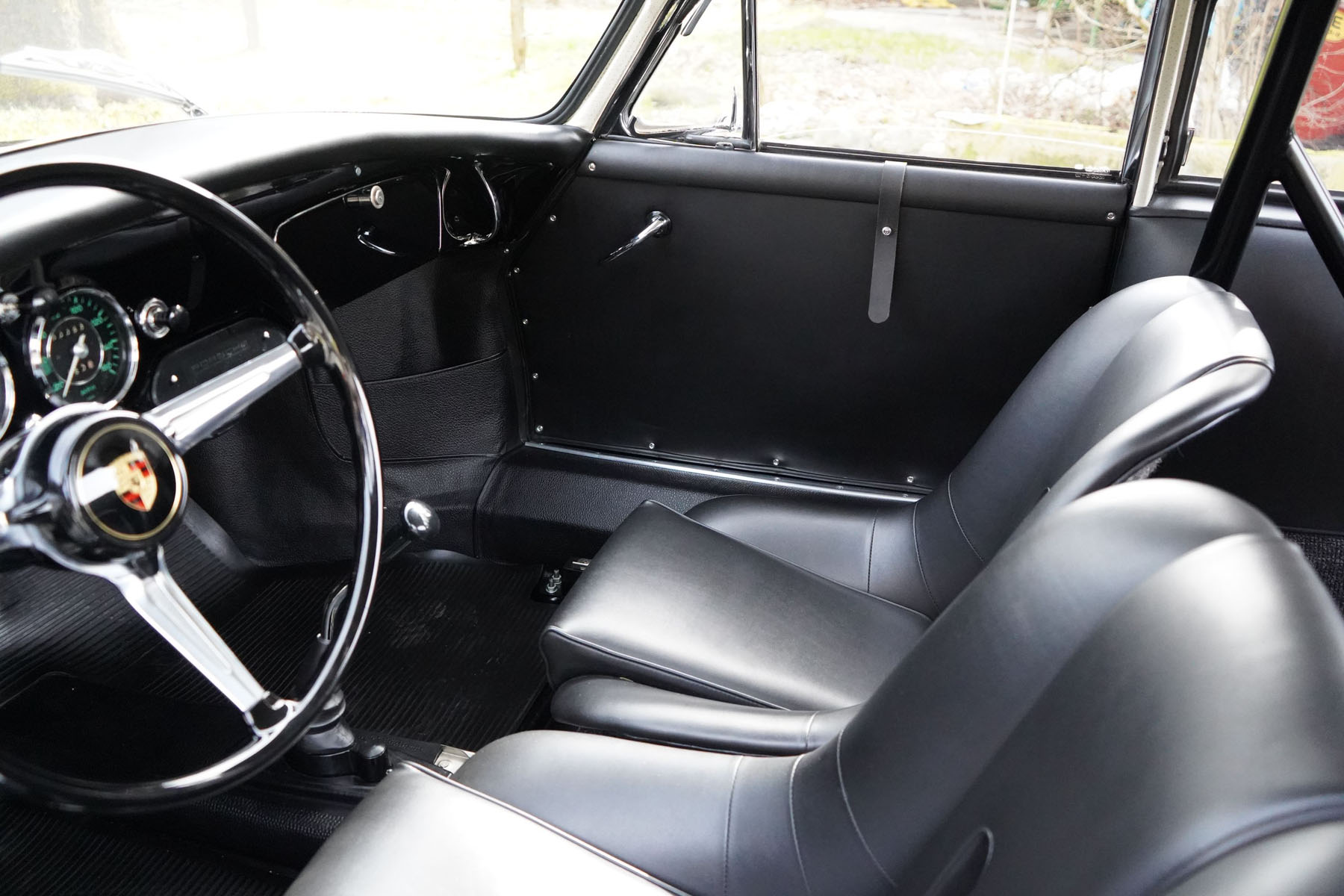
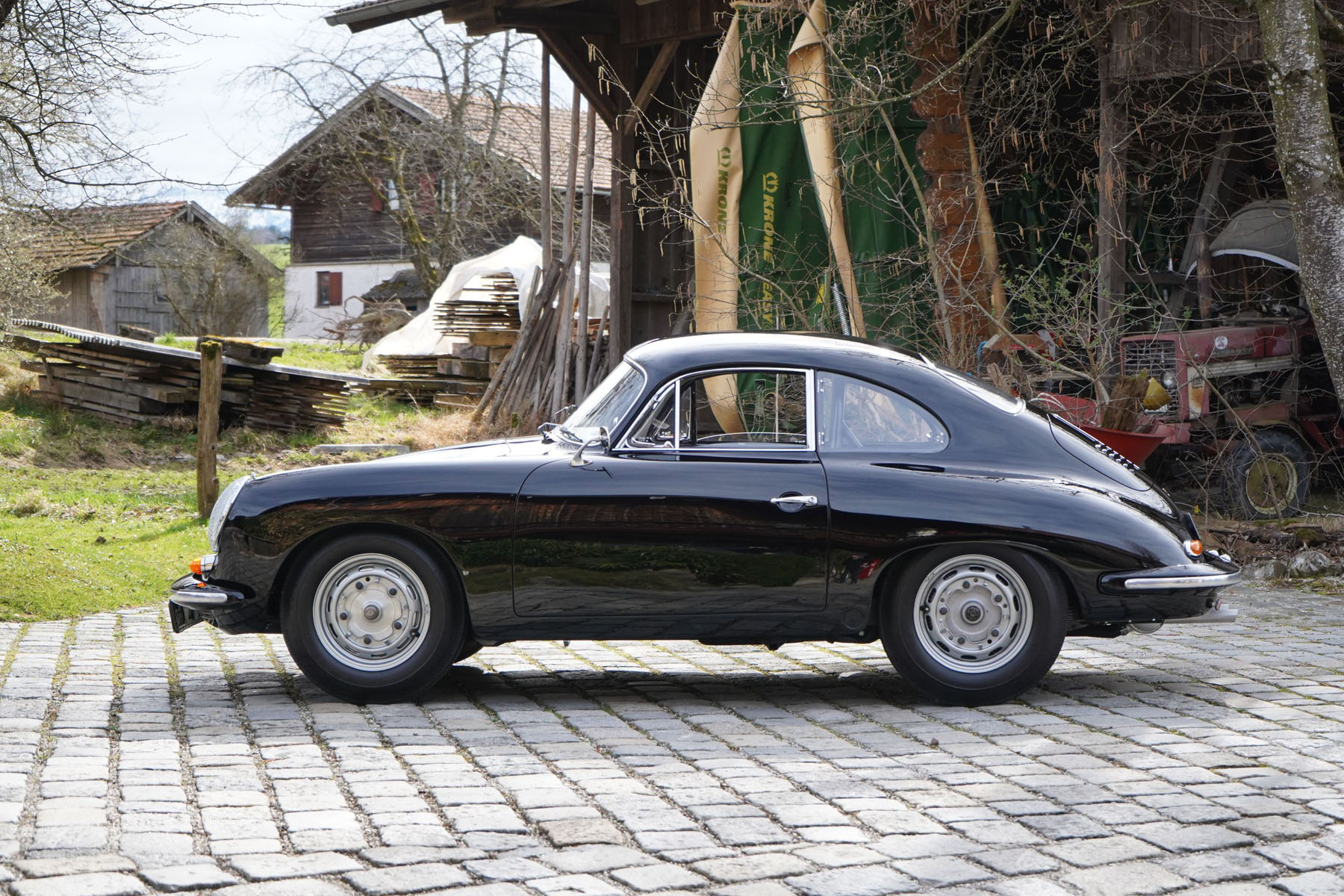
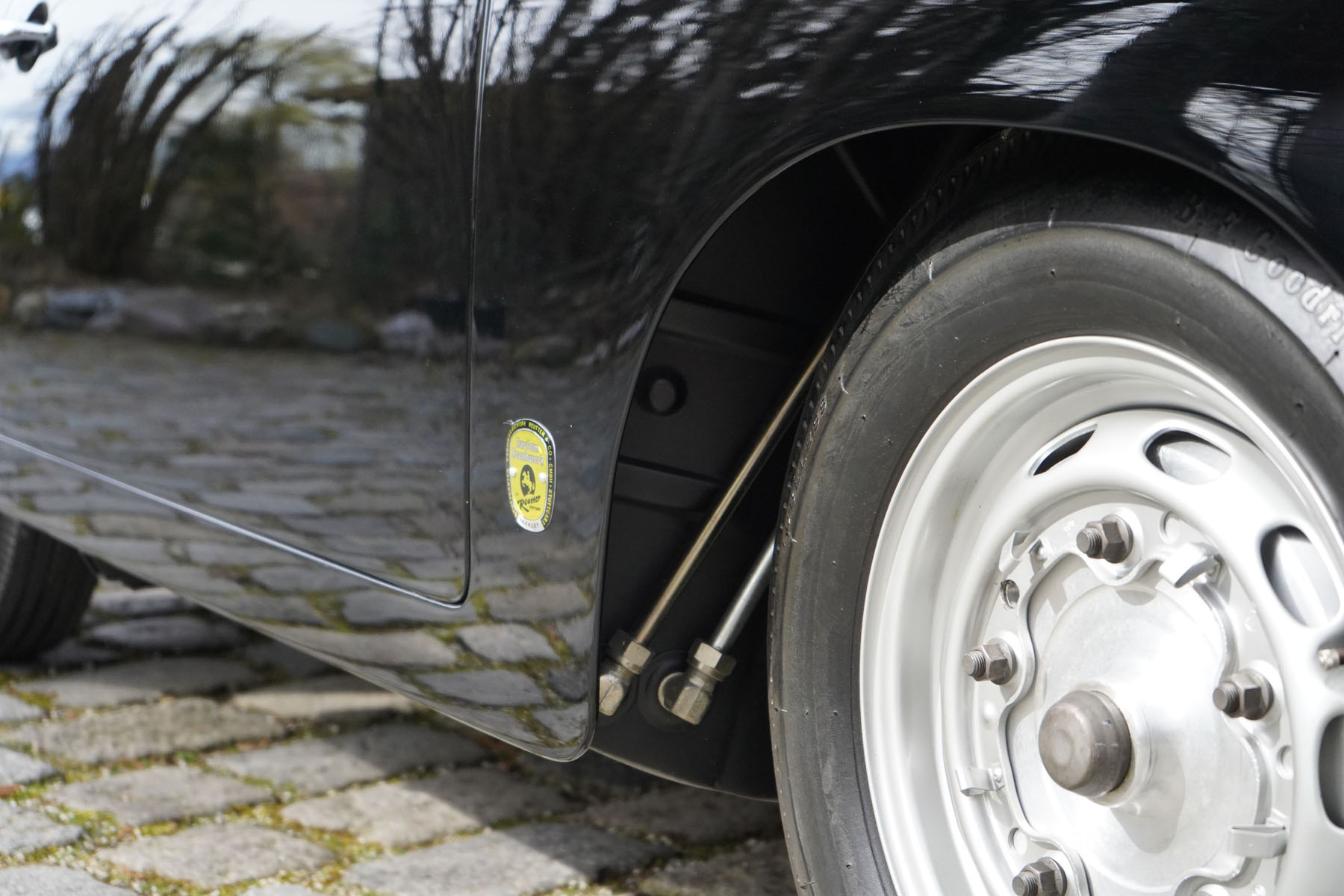
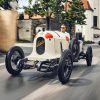
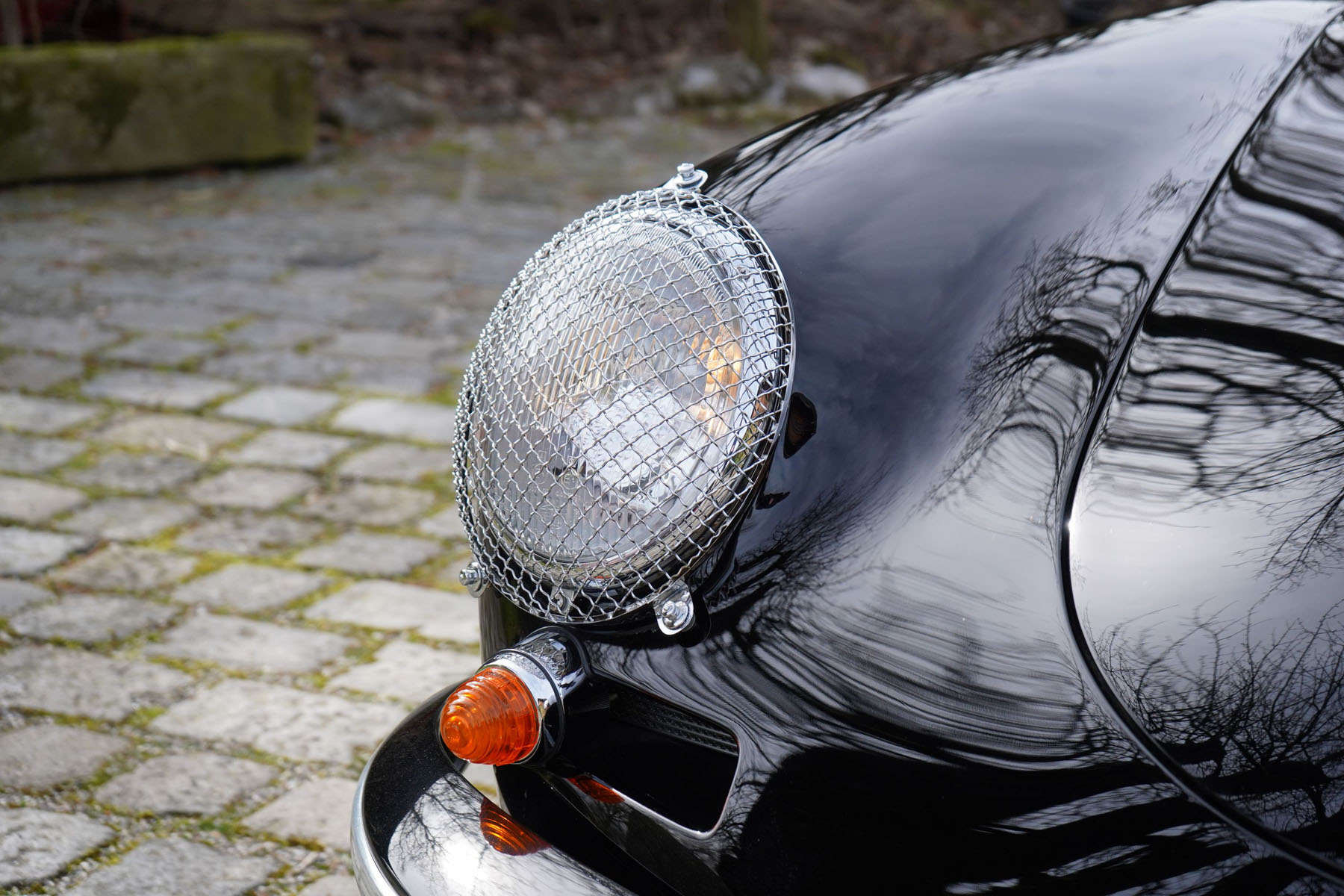
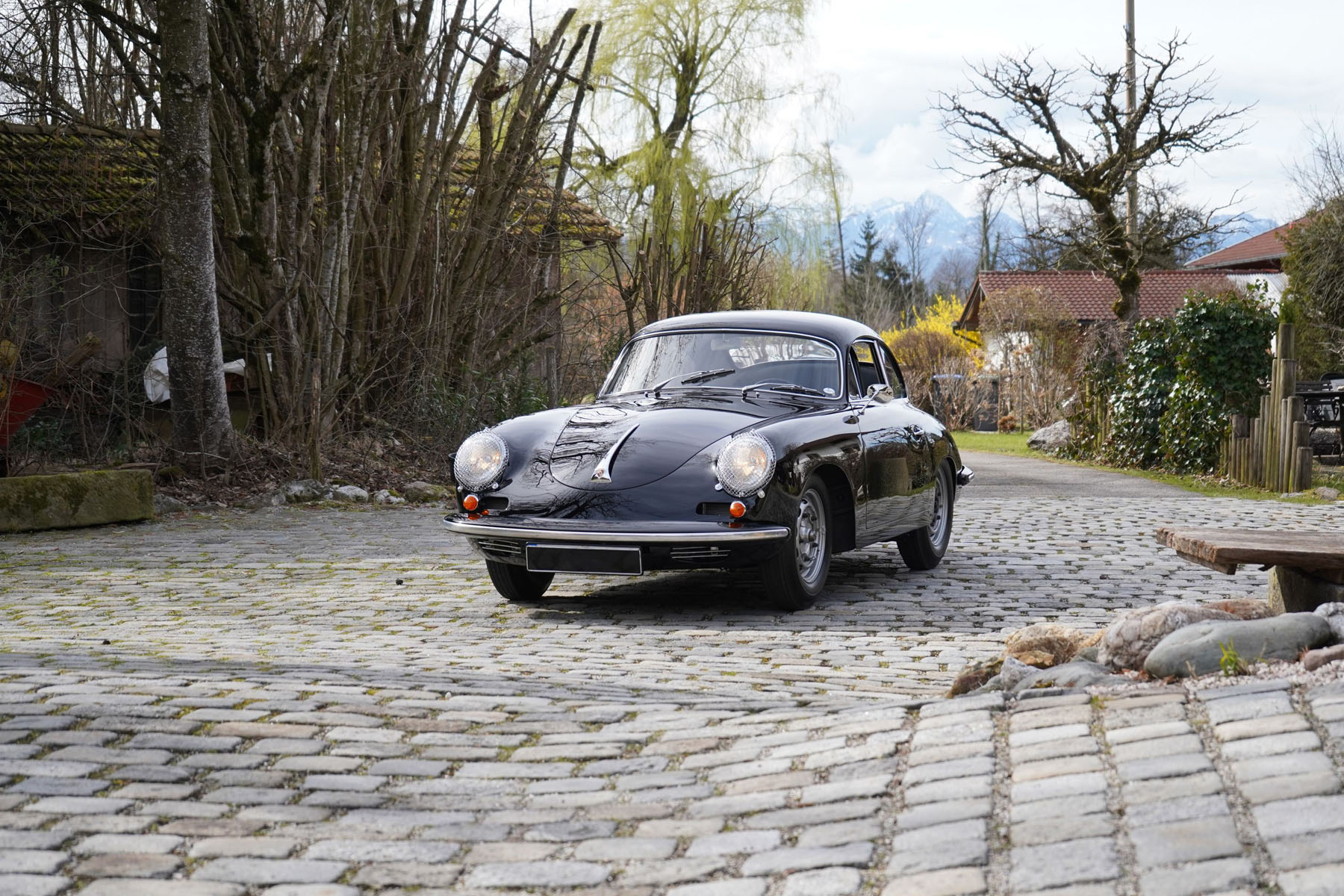
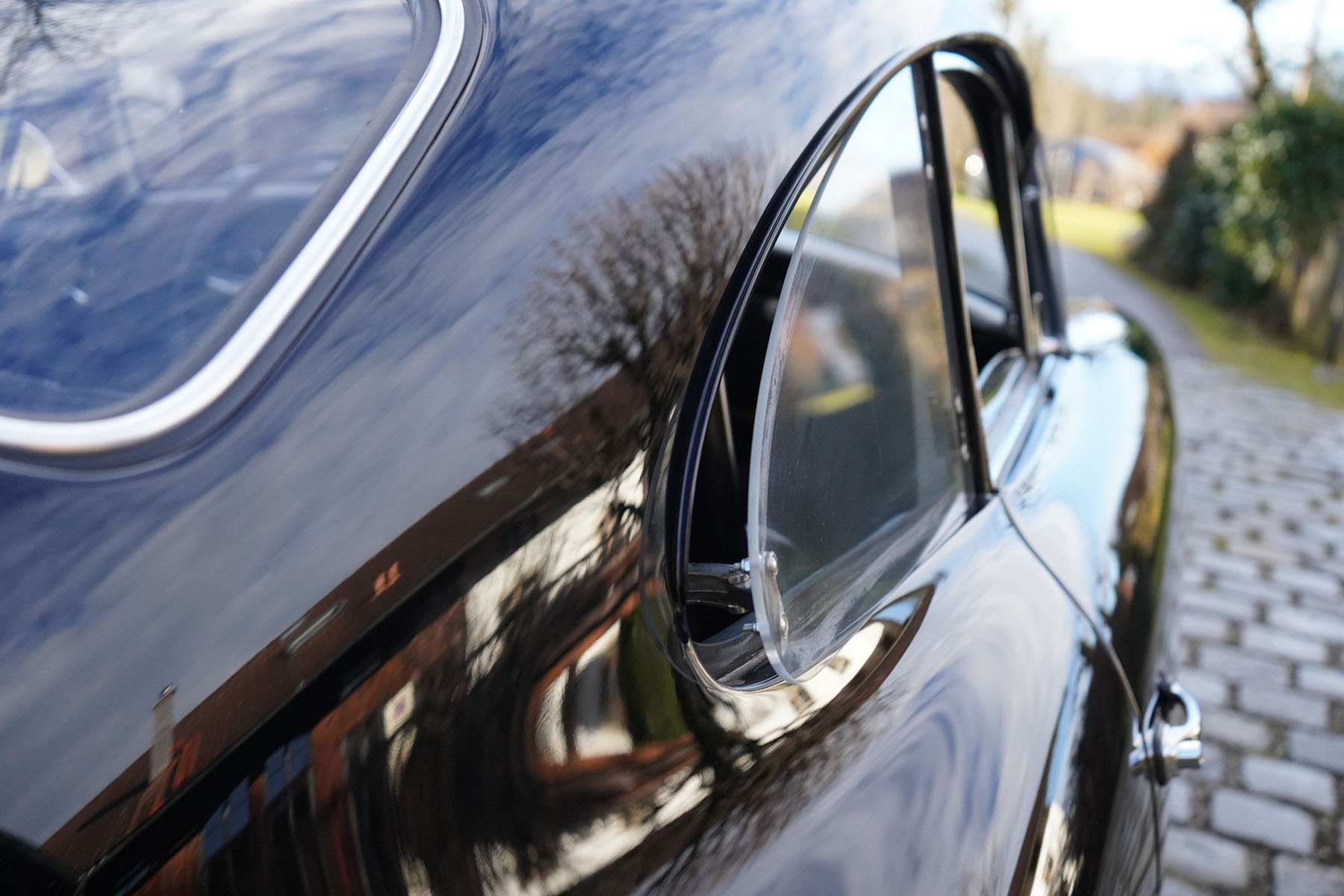
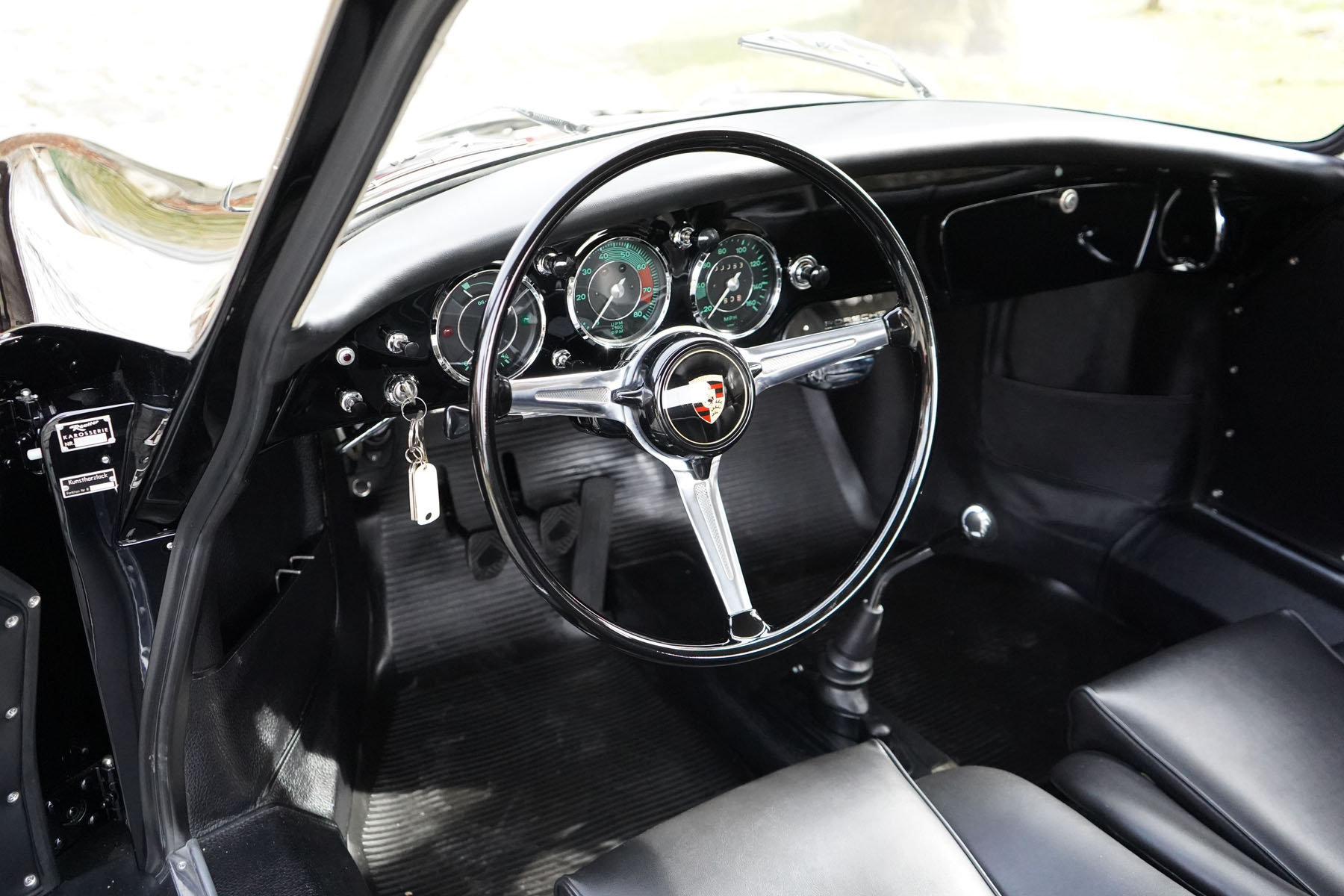
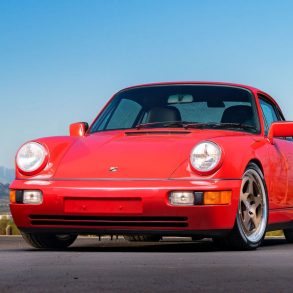
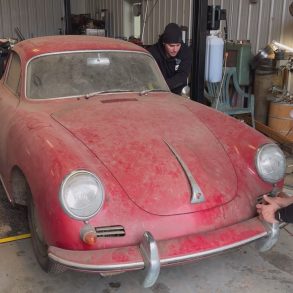
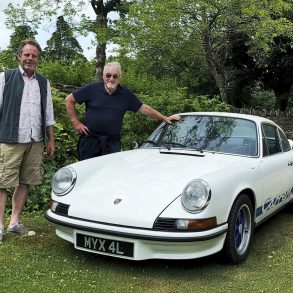
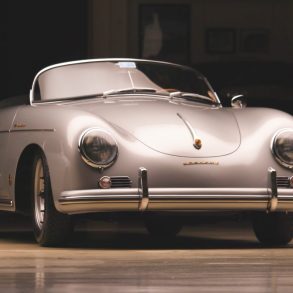
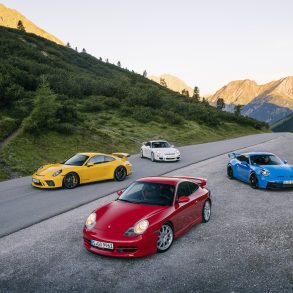
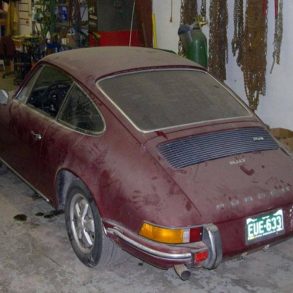
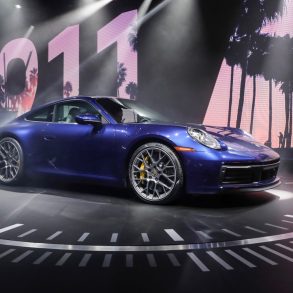
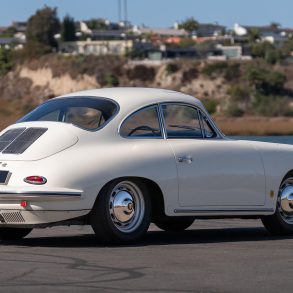

Enjoyed your excellent piece about the 1960 Carrera GS-GT. I was fortunate to own and race an ex-works RSK, 718-009, and to have restored the 1959 1600 GS-GT, which finished fourth at the Tour de France, and was virtually destroyed in the Road Scholars explosion. It will shortly be restored completely to all of its beauty and significance.
All of my race engines were maintained and looked after by Bill Doyle, who, in addition to being a past master, was a wonderful gentleman, and it was my good fortune to know and befriend him. He is greatly missed by those who knew him.
0